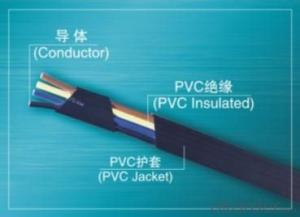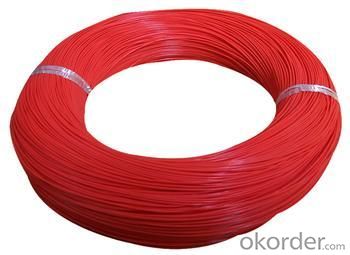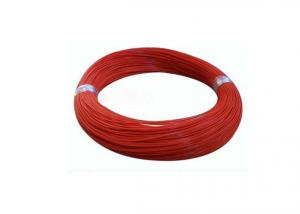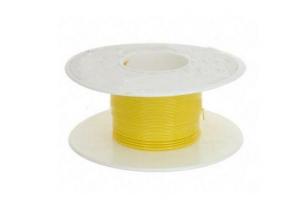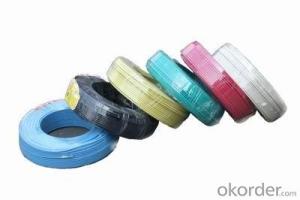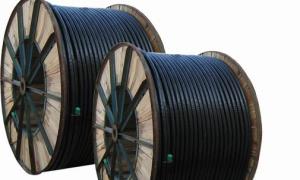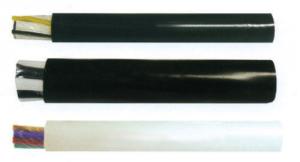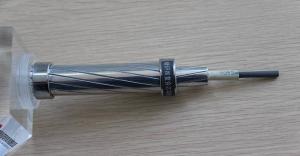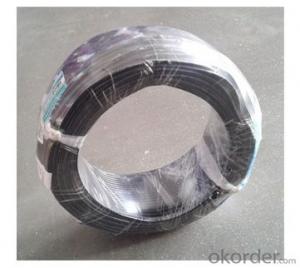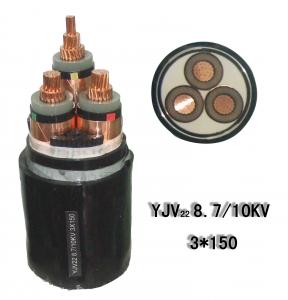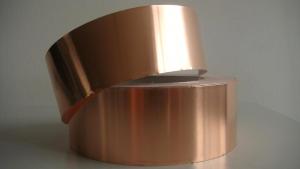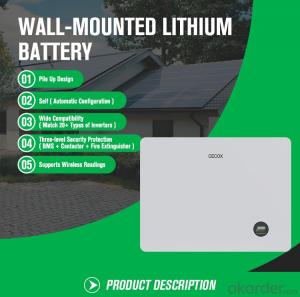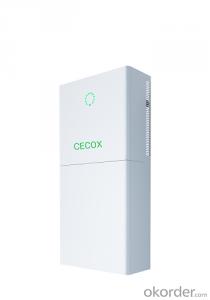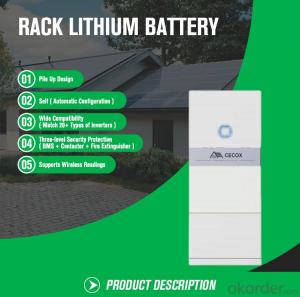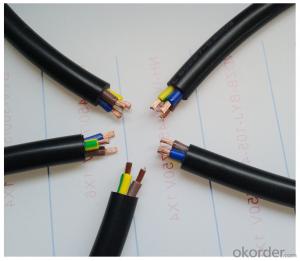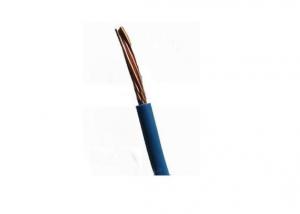Specifications
1.We are Wire OEM
2.13 years professional experience
3.VDE UL Certificate
4.0.5--240mm2
5.Fast delivery
Copper Core PVC Insulated and Sheathed Electric Wire
1. Application
Copper Core PVC Insulation Power Wire is fit for ac rated voltage 450/750V
2. Working temperature
BV-105 model not more than 105 C, others not more than 75C installation temperature not lower than 0C.
3.Specification size and technological data
Type | Name | Laying place and requirement | Crated voltage | Nominal Section (mm2 |
227IEC01(BV) | Copper conductor PVC insulated wires Aluminum conductor PVC insulated wires | Fixed laid indoors Conduit etc. | 450/750 300/500 450/750 | 1.5...185 |
227IEC05 (BV) | 0.5...1 |
BLV | 2.5...185 |
227IEC07(BV-90) | Heat resistant copper conductor PVC insulated wire at 90 0C | Mainly be laid at the places of high temperature environment and can be laid indoors, conduits. | 300/500 | 0.5...2.5 |
BVR | Copper conductor PVC insulated flexible cable | Be for laying permanent place where flexible required. | 450/750 | 2.5...150 |
BLVV | Aluminum conductor PVC insulated PVC sheathed round wires | Fixed laid, fit for the places with high mechanical protection and moisture place, can be laid in the air or underground. | | |
BVVB | Copper conductor PVC insulated PVC sheathed flat wires | 300/500 | 1...10 |
BLVVB | Aluminum conductor PVC insulated PVC sheathed flat wires | 300/500 | 2.5...10 |
227IEC02(RV) 227IEC06(RV) | Copper conductor PVC insulated flexible connector wire | Mainly used at middle and light style moving electronics, home appliances, power and lighting and the places where flexible required | 450/750 300/500 | 1.5...240 0.3...1 |
227IEC42(RVB) | Copper conductor PVC insulated flat flexible connector wire | 300/300 | 0.3...1.5 |
RVS | Copper conductor PVC insulated flexible twisting connector wire | 300/300 | 0.3...1.5 |
227IEC52(RVV) 227IEC53(RVV) | Copper conductor PVC insulated PVC sheathed round flexible connector wire | 300/300 300/500 | 0.5...6 0.3...4 |
227IEC08(RV-90) | Cu conductor heat resistant PVC insulated flexible connector wire at 90℃ | Mainly used at the places where heat resistance is required | 300/500 | 0.5...2.5 |
